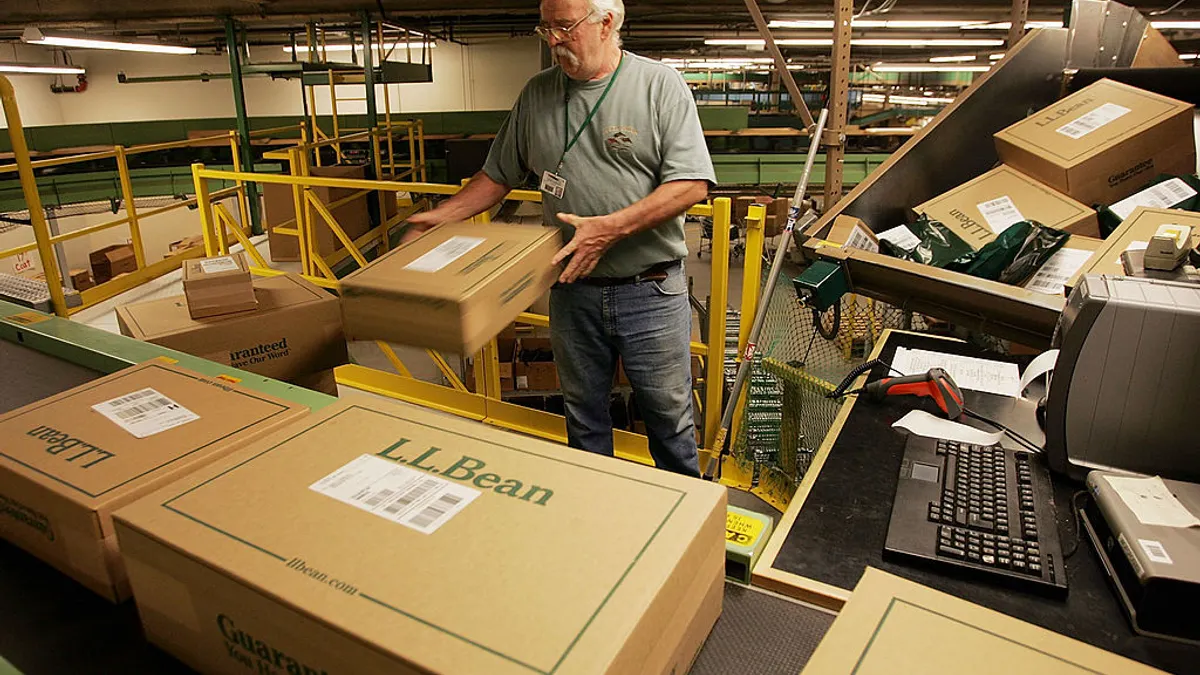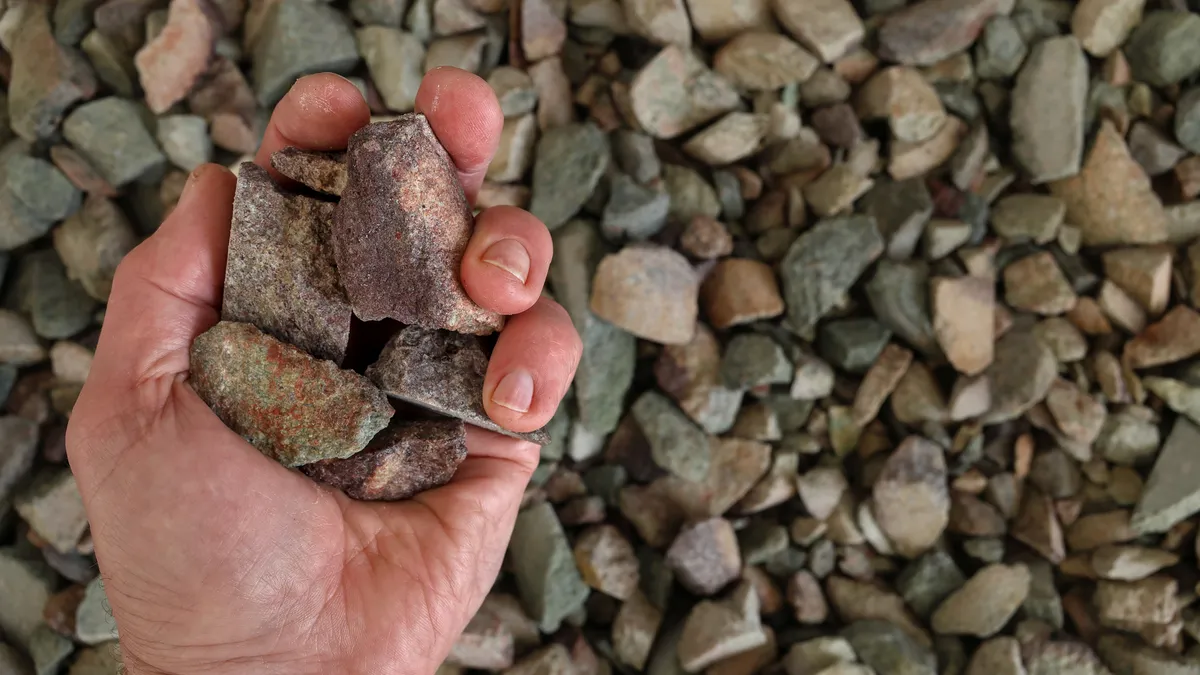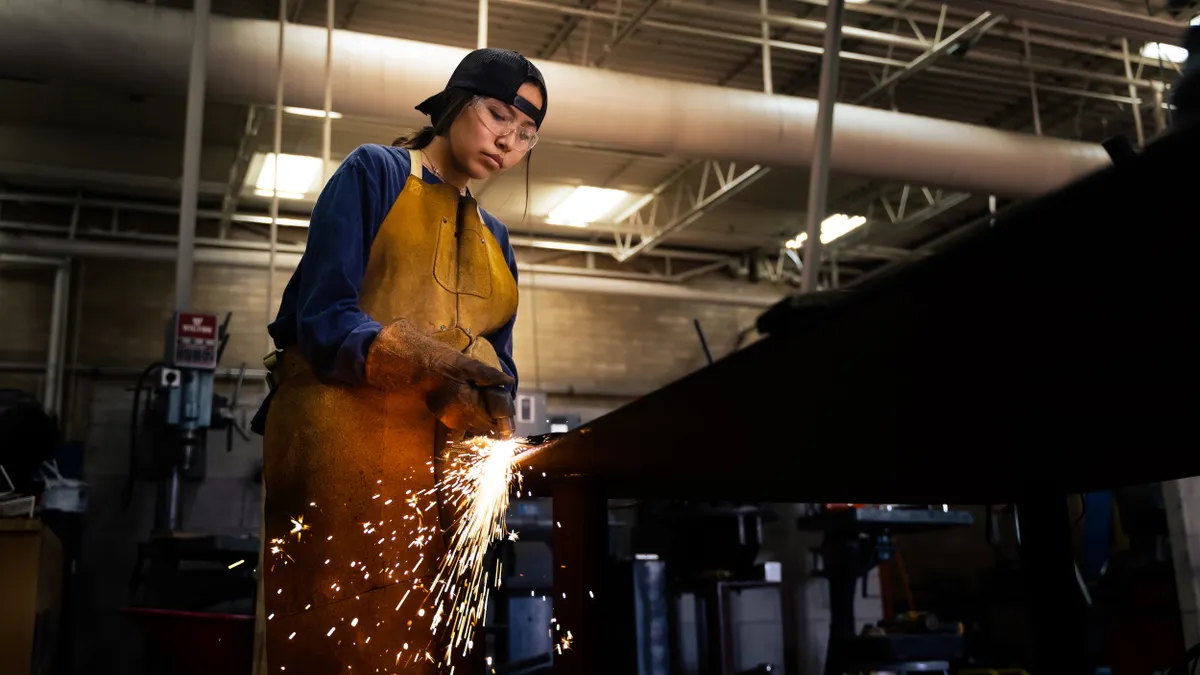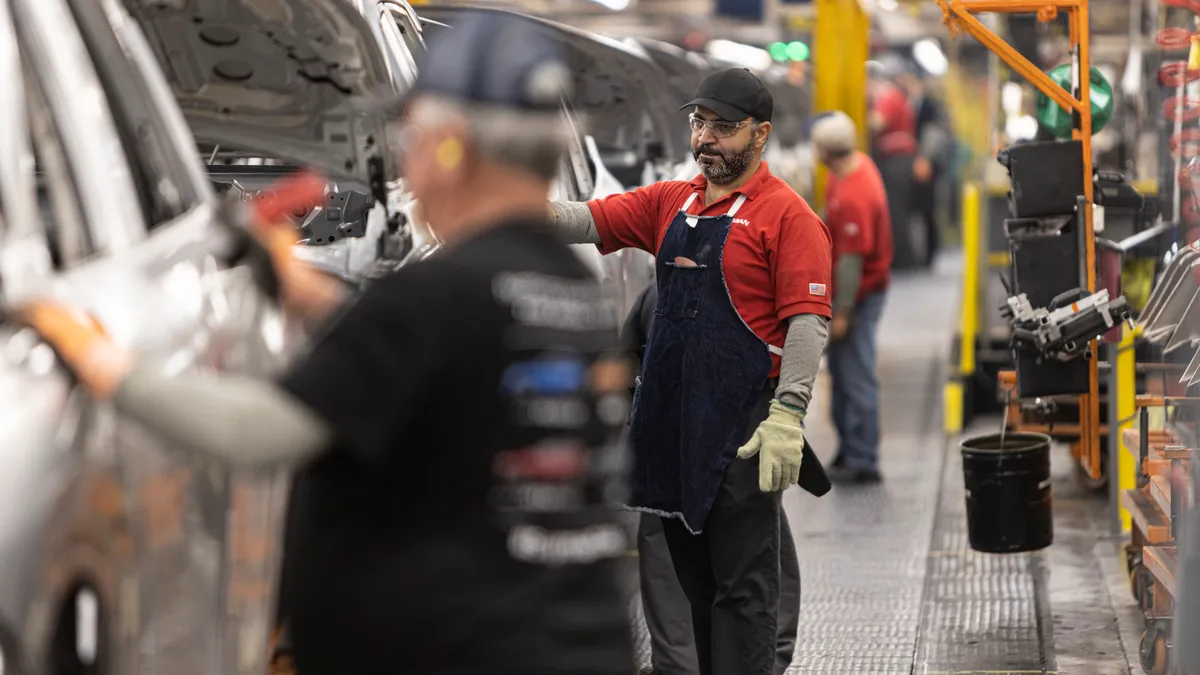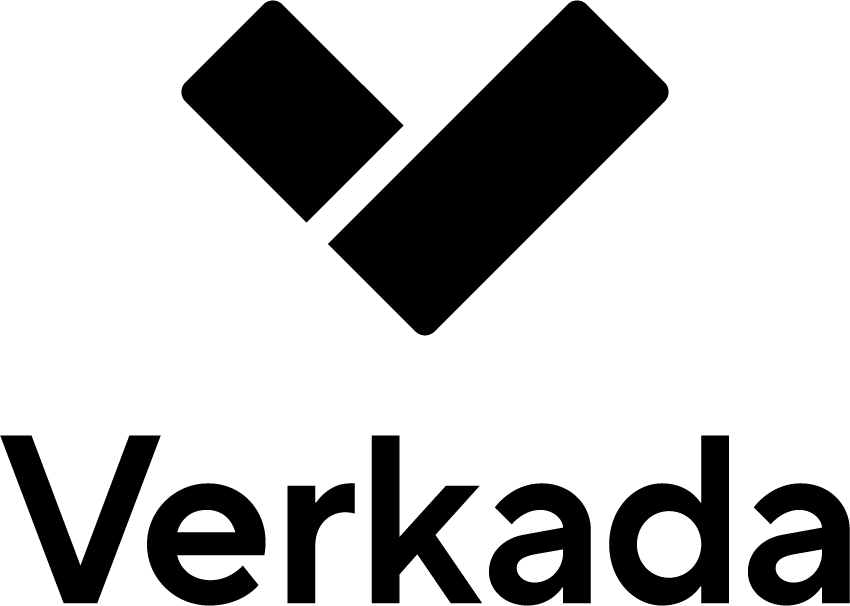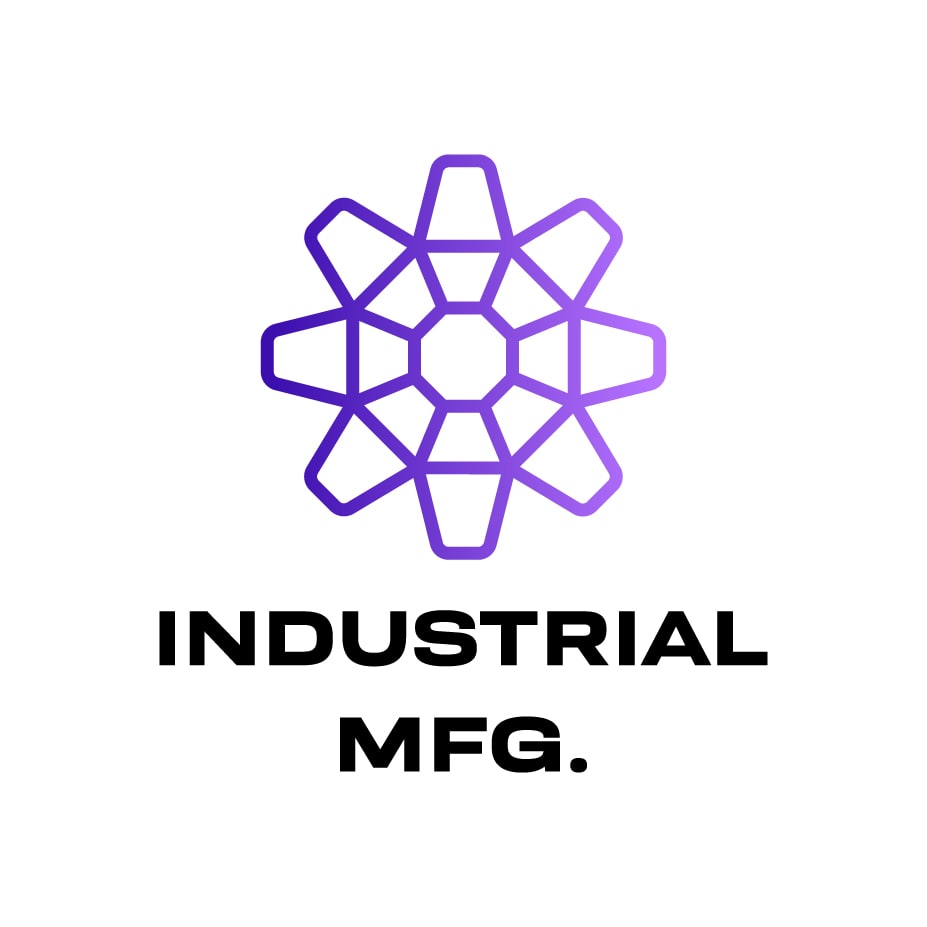As their production equipment ages out, U.S. manufacturers are turning to electric heat pumps, boilers and more for long-term cost, sustainability and health reasons. The transition could even save lives, according to a recent report from the American Lung Association.
However, a lapse in federal funding has made it difficult for companies to upgrade to more energy-efficient equipment, experts said during the Future of Manufacturing Decarbonization webinar hosted by Sustainable Manufacturing Expo and Manufacturing Dive on Wednesday.
While state and public-private funding opportunities are still available, the Trump administration’s latest tax bill gutted a number of programs that have provided billions of dollars to finance clean energy projects, including equipment installations and upgrades. It also repealed clean energy tax incentives and rescinded unobligated funds from the U.S. EPA’s Climate Pollution Reduction Grants, among other programs.
These federal changes have made the funding landscape more uncertain and challenging for companies to navigate, said Andrew Hoffmeister, a senior research analyst at the American Council for an Energy-Efficient Economy.
“Those funds are needed at this point to help de-risk the market and to demonstrate the technologies at a greater scale,” Hoffmeister said.
In addition to reduced emissions, there are hidden benefits that manufacturers are weighing prior to adoption. Hoffmeister said some of the “co-benefits” include conserving resources, such as water sent to cooling towers, and reducing costs like insurance, maintenance and permitting.
Manufacturers are weighing these benefits against the costs for new equipment, the process downtime for retrofits, the costs of installing and integrating new technologies and other factors, he said.
If manufacturers upgraded to energy-efficient industrial heat pumps across the nation, it could prevent 77,000 pollution-related deaths and more than 33 million asthma attacks in the coming decades, according to a report from the American Lung Association. States with a high concentration of facilities have the most to gain from such a transition.
In California, one of the largest manufacturing states, more companies are starting to deploy zero-emissions electric heat across their operations, but “we don’t have high enough rates of adoption,” said Teresa Cheng, California director at Industrious Labs.
This is partially due to high barriers of entry. California has some of the highest electric rates in the country, Cheng said, and without clean energy investment, fuel and operational costs will likely continue to increase and deter companies from doing business within the state.
“Regulators really need to be thinking about how to make this as easy as possible for companies who want to make the right investment,” Cheng said.
Although federal funding has been clawed back, there are alternatives. California lawmakers have allocated $68 million to the state’s Industrial Decarbonization and Improvement of Grid Operations program, known as INDIGO, for clean industrial technology investments.
Industrious Labs is also co-sponsoring a bill with Earthjustice that aims to reinvest in INDIGO and enable eligible projects to access low-cost financing through California’s Green Bank, Cheng said. The program guidelines prioritize investments that maximize climate emissions reductions and projects that improve air quality in disadvantaged communities, she added.
“This is particularly important because the majority of polluting manufacturing facilities in California are concentrated in these environmental justice communities which suffer higher rates of asthma, heart disease and premature death,” Cheng said.
Sustainable Manufacturing Expo is run by Informa, which owns a controlling stake in Informa TechTarget, the publisher behind Manufacturing Dive. Informa has no influence over Manufacturing Dive’s coverage.







